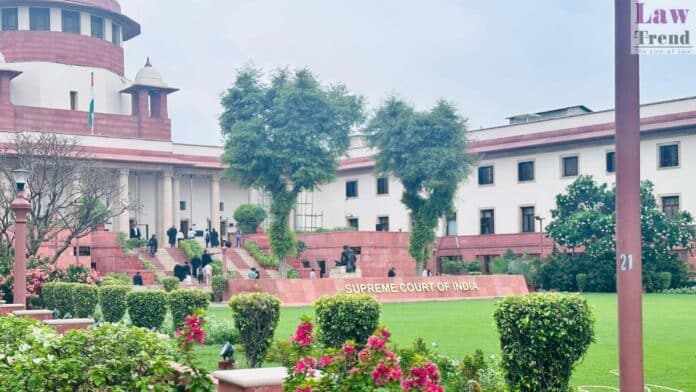As smog continued to shroud Delhi and its air quality hovered in the ‘very poor’ category, the Supreme Court was told on Monday that several air monitoring stations in the capital were not operational, raising concerns over the accuracy of pollution data and timely implementation of anti-pollution measures.
A counsel appearing before the bench led by Chief Justice B.R. Gavai informed the court that “only nine out of 37 monitoring stations were working on Diwali.” He warned that authorities “don’t even know when to implement GRAP (Graded Response Action Plan)” because of this failure in monitoring infrastructure. Another lawyer noted that “media reports after reports” had highlighted the problem but little had changed.
Taking note of the submissions, the Chief Justice directed the Commission for Air Quality Management (CAQM) and the Central Pollution Control Board (CPCB) to submit a report on the status of the monitoring systems and the steps being taken to prevent further deterioration of air quality.
According to data from the CPCB’s Sameer app, the city recorded an overall Air Quality Index (AQI) of 304 at 1:05 pm — firmly in the ‘very poor’ range. As many as 28 monitoring stations reported AQI levels above 300, while three stations recorded readings exceeding 400 on Sunday, categorised as ‘severe’.
A dense grey haze blanketed the city, with visibility dropping sharply across several areas. The Air Quality Early Warning System (AQEWS) attributed the worsening pollution to low wind speeds — below 8 kmph — on Sunday evening and night, which prevented the dispersion of pollutants.
Experts warn that such air quality levels can trigger respiratory and cardiac issues, especially among children, the elderly, and those with pre-existing health conditions. The stagnation of pollutants, coupled with ongoing construction and vehicular emissions, has made Delhi’s air unbreathable in parts of the city.
The top court is expected to take up the matter again after receiving the reports from CAQM and CPCB, which could determine whether stricter enforcement of GRAP stages is required to address the worsening crisis.




